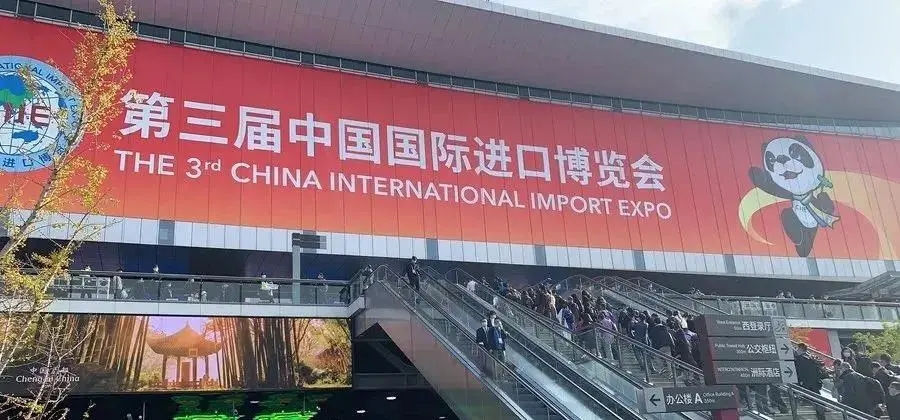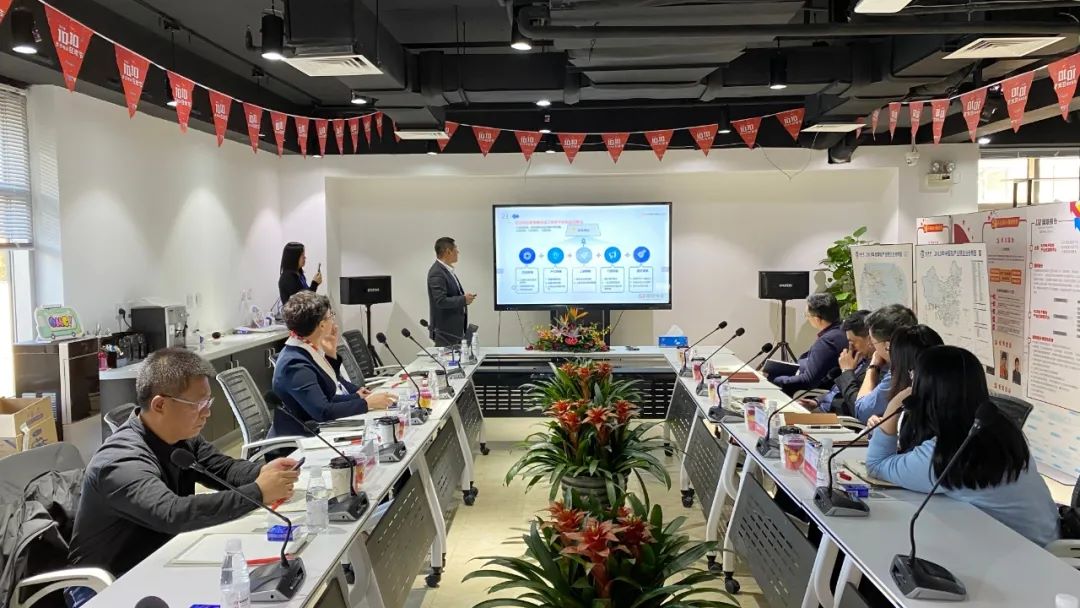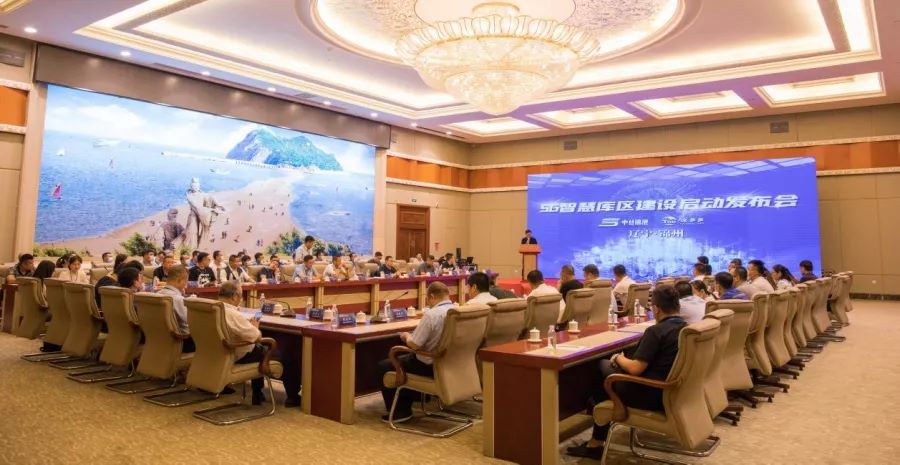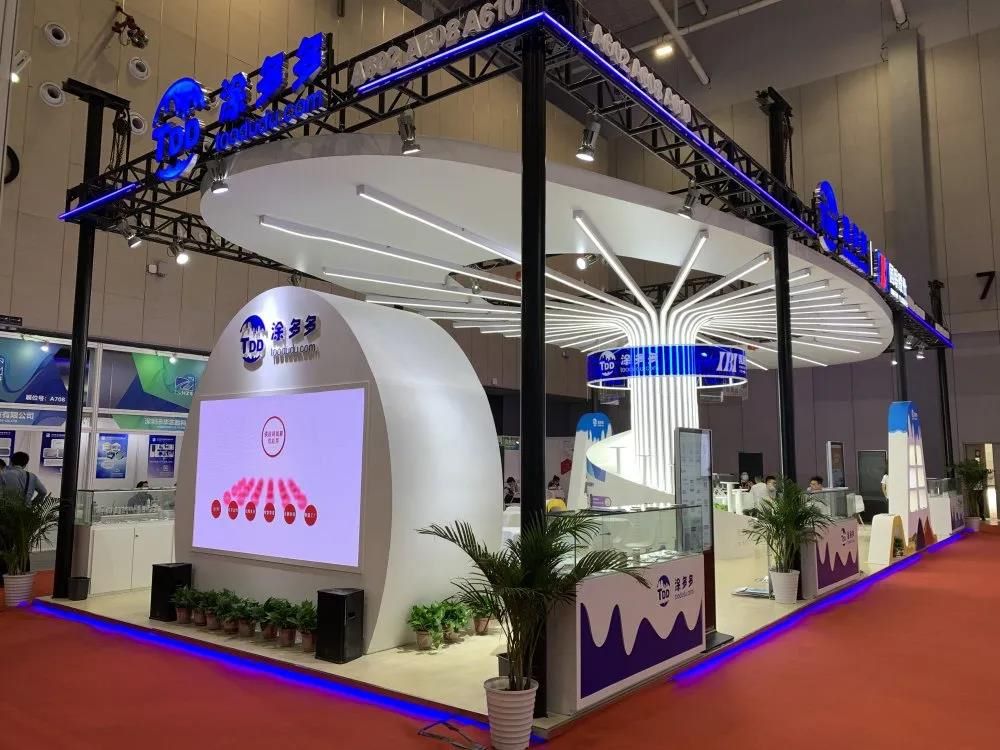Reconstruction of the global tire industry: a two-way game between the rise of China's smart manufacturing and the iteration of traditional production capacity in Europe and the United States
Under the unprecedented changes in a century, the global tire manufacturing industry is undergoing profound structural adjustments. Recently, Sumitomo Rubber announced the closure of its Tonawanda plant in New York, which has been in operation for more than a century. This is not only a strategic contraction of a single enterprise, but also a microcosm of the reconstruction of the global tire industry.

In sharp contrast, the second phase of Jilin Linglong Tire's 14 million high-performance radial tire project was put into production as scheduled, indicating that the Chinese tire army is driving the industry leap with innovation.
According to industry statistics, in the past 18 months, the world's top ten tire giants have closed 17 production bases, laid off more than 12,000 employees, and reduced production capacity by an average of 86,000 tires per day. Among them, the closure of Michelin's French factory directly led to a 12% decrease in European truck tire production capacity, and Bridgestone's Latin American production line adjustment caused the regional market supply gap to reach 7%.
In contrast, the Chinese tire industry will see new investment exceeding 58 billion yuan in 2023, with projects under construction covering cutting-edge fields such as intelligent production and green manufacturing. It is expected that the total capacity of the industry will exceed 920 million in 2025, accounting for 38% of the global total.
Behind this industrial revolution is the superposition and resonance of multiple factors. Traditional European and American giants are facing the triple pressure of high energy costs, supply chain reconstruction and lagging industrial upgrading. Chinese tire companies are reshaping the global value distribution system by relying on the synergy advantages of the entire industrial chain, intelligent manufacturing upgrades and first-mover advantages in new energy supporting facilities.
In the face of industrial changes, global competition presents a new trend:
Regional capacity rebalancing: Chinese companies build a global delivery network by building factories overseas
Value chain reconstruction: Transformation from simple manufacturing to "product + service"
Green barrier response: Advance layout of sustainable material research and development
Digital ecosystem construction: Building a tire full life cycle management platform
The essence of this industrial revolution is the upgrading of manufacturing competition from a single cost dimension to a systematic capability. While maintaining its scale advantage, the Chinese tire industry must accelerate its efforts to conquer the high-end original equipment market, build a global brand matrix, and break through the bottleneck of material science.
As the gears of industrial iteration accelerate, only by transforming manufacturing advantages into standard-setting capabilities can we occupy a strategic commanding position in the new global tire industry landscape.
- Chinese tire companies are expanding production969
- Sailun’s performance is outstanding: revenue exceeds 30 billion and profits increase significantly!986
- Global tire companies' competitiveness ranking for 2025 released958
- Linglong Tire, creating a legendary production capacity empire965
- Foreign-invested Chinese factories are expanding their production capacity1017









